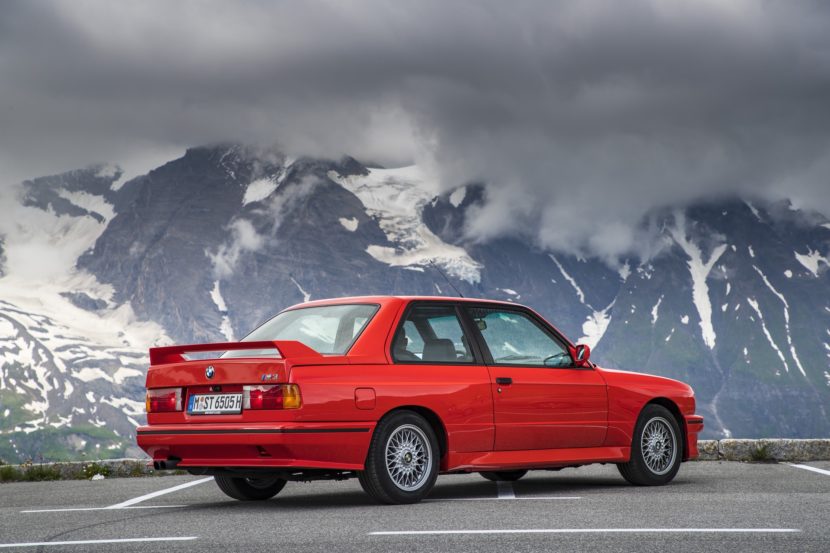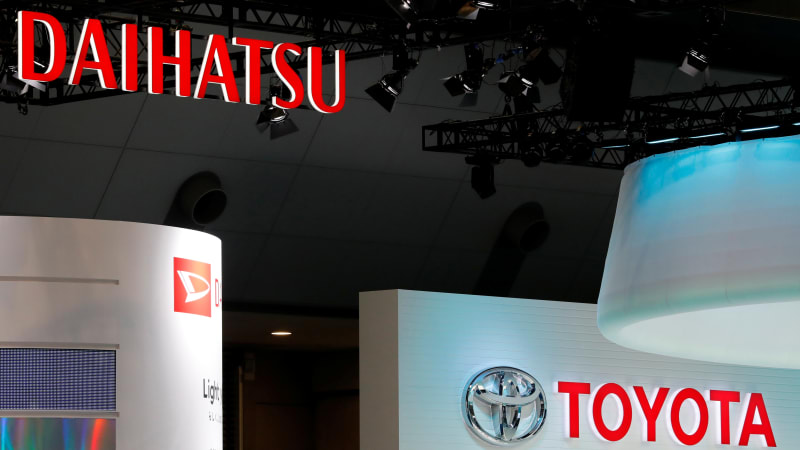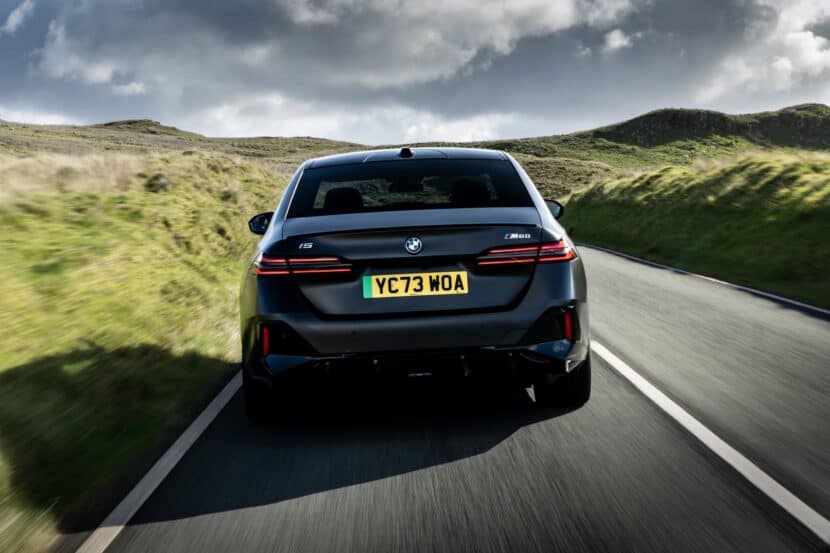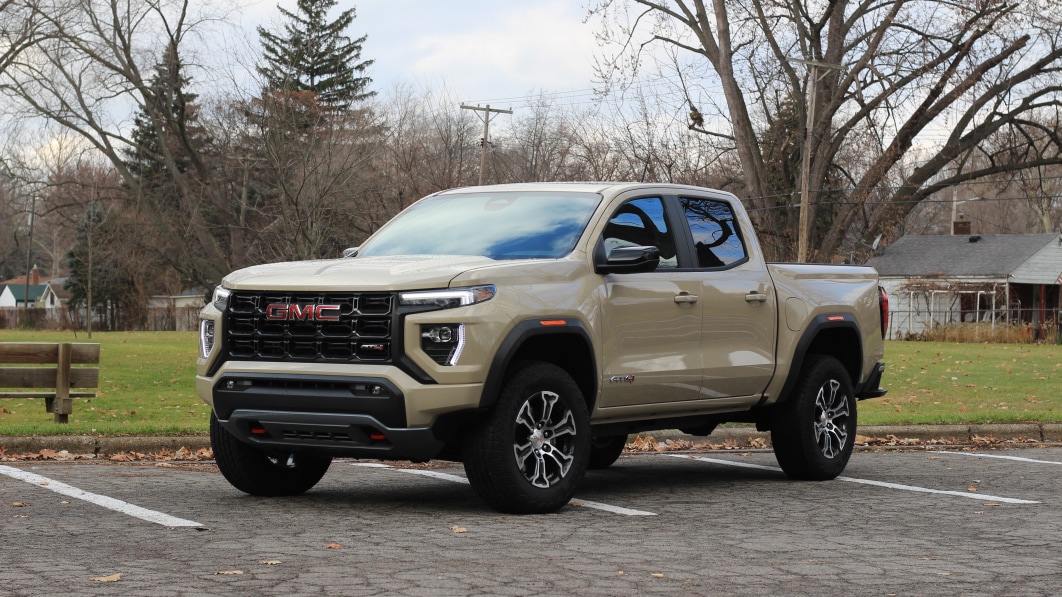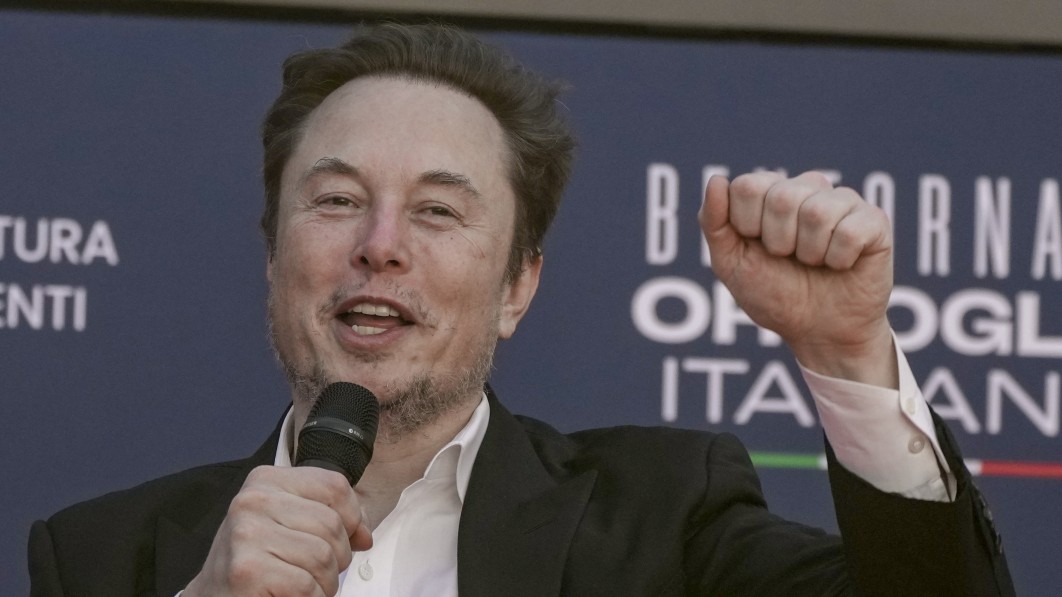Should BMW Be Worried About BYD?
BYD, the Chinese electric car maker backed by Warren Buffett, has been making headlines with its impressive sales figures and ambitious expansion plans. The Chinese automaker sold three million battery-powered cars in 2023 – 1.6 million of them are fully electric. The total sales figure represents an increase of 62 percent over 2022. In contrast, BMW sold 2.5 million units in 2023 with a 15% share of electric vehicles (330,596 units). So one has to ask: Should BMW be worried about BYD’s rise in the global market?
Today, we will examine the strengths and weaknesses of both companies, and analyze the potential opportunities and threats they face in the electric car industry. We will also look at some of the key factors that will determine their success or failure in the future, such as innovation, customer loyalty, brand image, and environmental impact.
BYD: Strengths and Weaknesses

BYD, which stands for Build Your Dreams, was founded in 1995 as a battery manufacturer, and entered the car market in 2003. It has a diversified portfolio of products, ranging from sedans and SUVs to buses and trucks. It also has a strong presence in China, the world’s largest electric car market, where it enjoys government support and consumer preference. Some experts argue that BYD’s expertise in battery technology gives it an edge over competitors in terms of cost and performance. More recently, BYD announced a 1,000 hp rival for the BMW i5 M60 which could launch in the second half of 2024.
Additionally, BYD has proven so far the ability to innovate and adapt to changing customer needs and market trends. For example, it recently launched the Han sedan, which features a blade battery that can withstand high temperatures and punctures, and a DiLink system that allows users to control their car with their smartphone. Just like with most Chinese unicorn companies, BYD has vision to create a zero-emission ecosystem that integrates renewable energy, smart transportation, and digital services. For example, it has partnered with Didi Chuxing, China’s largest ride-hailing platform, to provide electric vehicles for its drivers and passengers.
Some Asian Customers Still Prefer Luxury and Premium Brands
When it comes to weakness, BYD still lacks the global recognition and reputation, especially in the premium segment, where it faces stiff competition from established brands like BMW, Tesla, and Mercedes-Benz. In a recent interview, BMW executives revealed that Chinese customers continue to hold a strong interest in German engineering and premium products. These items are often regarded as symbols of status in China.
Next we have the BYD’s dependence on the Chinese market, which accounts for more than 90% of its sales. This is potentially another weakness since it exposes the automaker to regulatory risks, geopolitical tensions, and market fluctuations. Of course, it has yet to break into the large U.S. market due to lack of a retail network and branding, and a 27.5% tariff on automobiles made in China. Additionally, in 2023, the Congress approved the Inflation Reduction Act (IRA), introducing tax credits of up to $7,500 for consumers who purchase clean energy vehicles adhering to specific domestic sourcing and manufacturing criteria. This legislation aims to enhance U.S. automobile production and diminish the country’s dependence on the Chinese battery supply chain.
While BMW is also somewhat affected by the IRA, they are taking steps to rectify that by building a battery factory in South Carolina. The Bavarians are heavily invested in the U.S. market which still accounts for a large portion of the global sales. Of course, the BMW brand is also regarded as one of the top premium brands in America. It’s also sharing a similar status in China.
Market Position and Brand Perception
This brings us to the market position and brand perception of the two brands, arguably two important metrics for global success. BMW is still a major player in the Chinese market, thanks to a joint venture with Brilliance China Automotive Holdings Ltd. But a recent report by Automotive News Europe claims that Brilliance is looking to get out of the joint venture by selling its remaining 25% stake in BMW Brilliance Automotive (BBA). How will that affect the market position for BMW in China? It remains to be seen, but here are a few points on this:
- Brand Legacy vs. New Entrants: BMW has a strong brand legacy and is associated with luxury, performance, and quality. This reputation provides them with a loyal customer base. including in China. However, new entrants like BYD, who are exclusively focused on electric vehicles, might appeal to a new segment of environmentally conscious consumers who prioritize sustainability over traditional luxury brand values.
- Market Diversification and Price Cuts: BYD has been aggressively expanding its market reach, not just in China, but globally. BMW needs to consider the implications of this expansion, especially in markets where it has traditionally held a strong position. Of course, China’s initial surge to the forefront in the electric vehicle sector can largely be attributed to substantial government backing that fueled the industry’s growth. With consumer financial incentives concluding by the end of 2022, car manufacturers, faced with the challenge of maintaining sales momentum, resorted to significant price reductions to attract customers. This strategy was widely adopted, notably by BYD among others, who launched additional price cuts in the autumn, further escalating the competitive pricing landscape.
Should BMW Be Worried About BYD?

BMW’s challenge will be to leverage its strengths while adapting to a rapidly changing automotive landscape where companies like BYD are emerging as strong competitors. Neue Klasse is certainly the right step in that direction since it will give BMW an EV-first platform with the latest and greatest battery technology. On the other hand, BYD has ambitions of its own in Europe. Just like BMW, BYD has entered the ring with plans to build a factory in Hungary which could boost its – still small – European sales figures.
In the dynamic and evolving automotive industry, there is one clear trend: the shift towards electric vehicles (EVs) is leveling the competitive field between established automakers and new entrants. BMW, renowned globally as a premium car brand, benefits from its extensive and rich history, which influences consumer decisions. However, it’s crucial for BMW to continuously innovate and expedite product updates, particularly in the rapidly advancing EV sector. Maintaining its commitment to its heritage and the high quality of its products remains a key factor in its ongoing success as a car brand.
So what do you think? Can BYD be the next Tesla? Should BMW pay closer attention to these new car brands?
First published by https://www.bmwblog.com
via Tingle Cars





